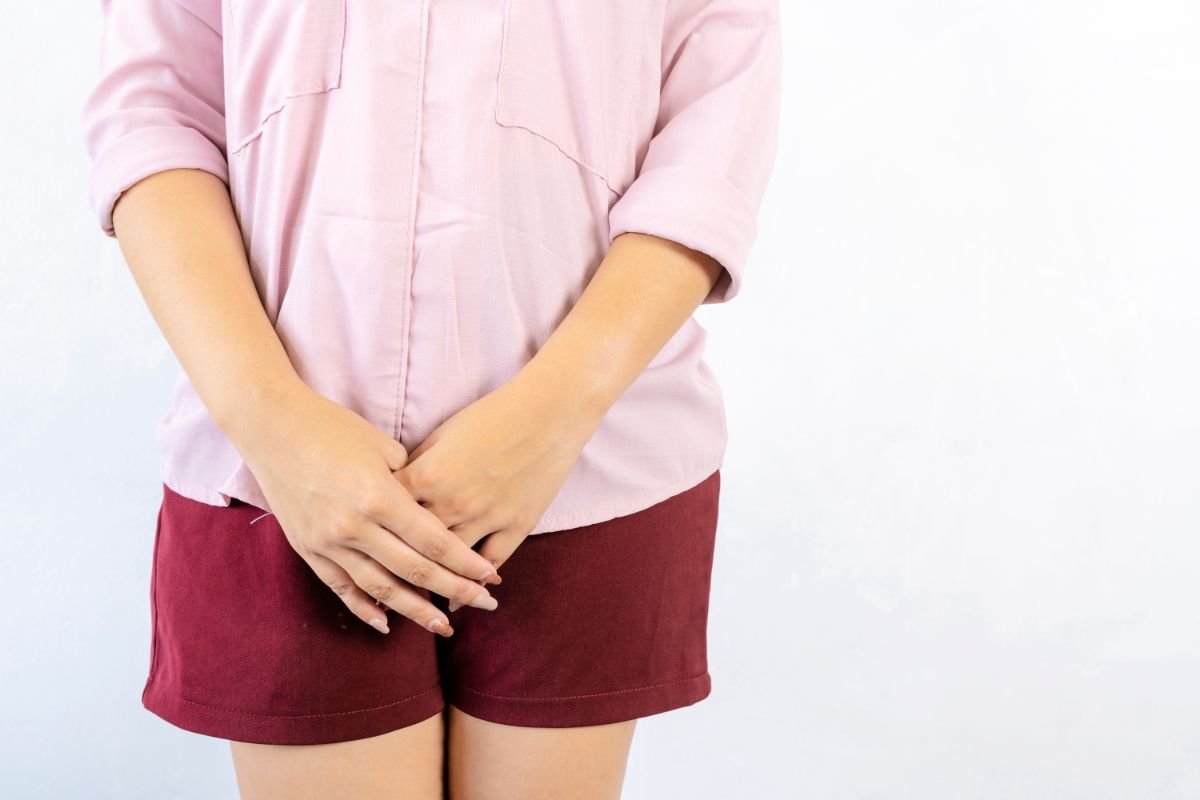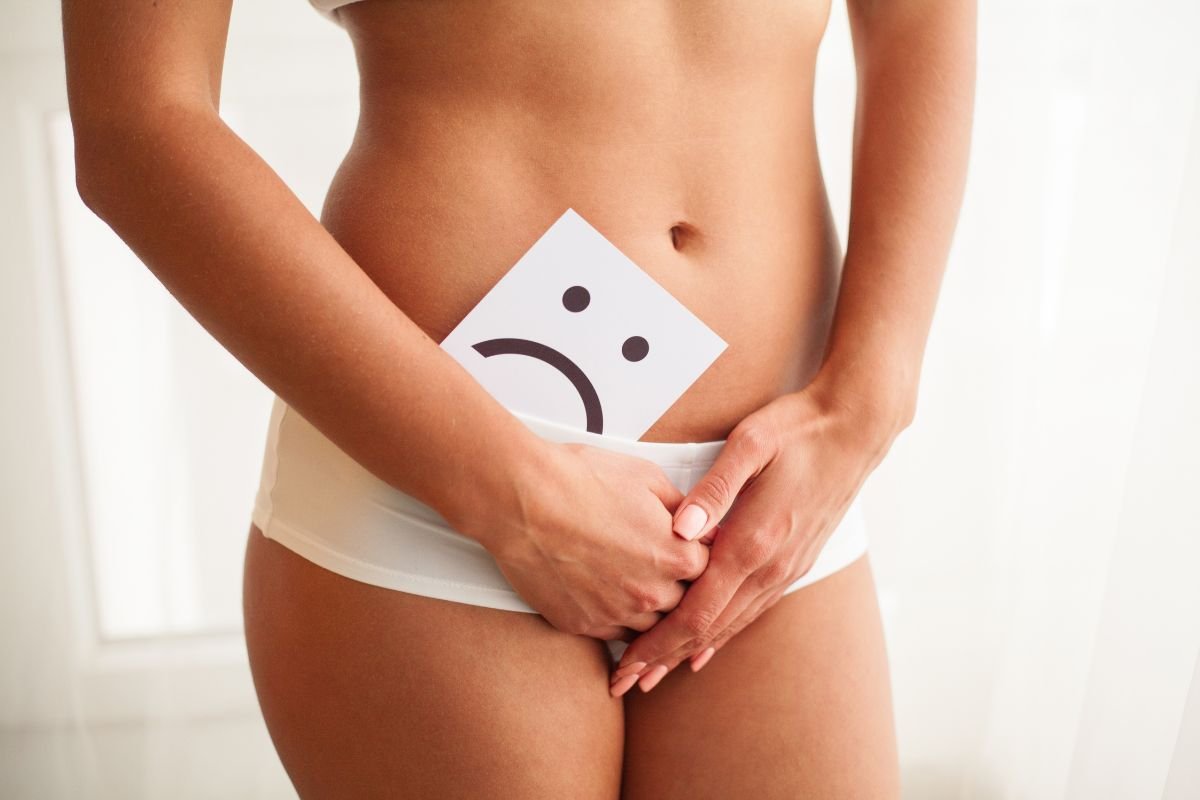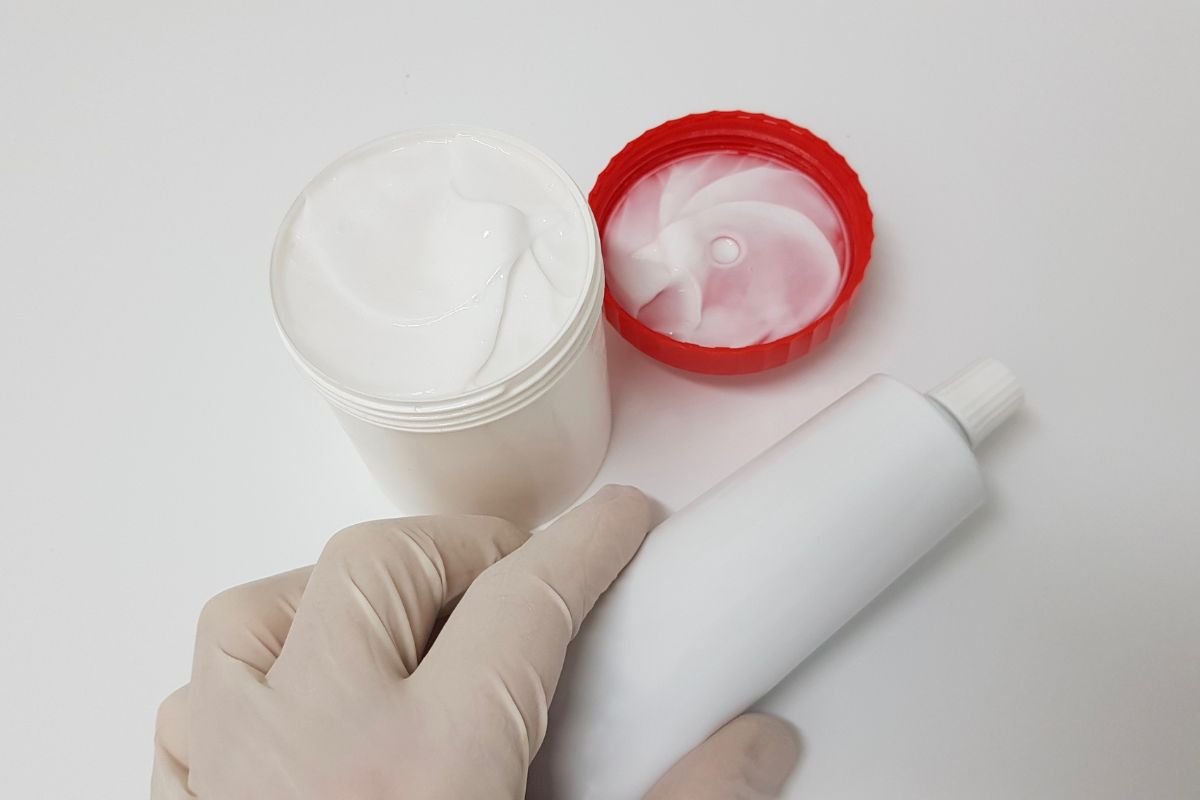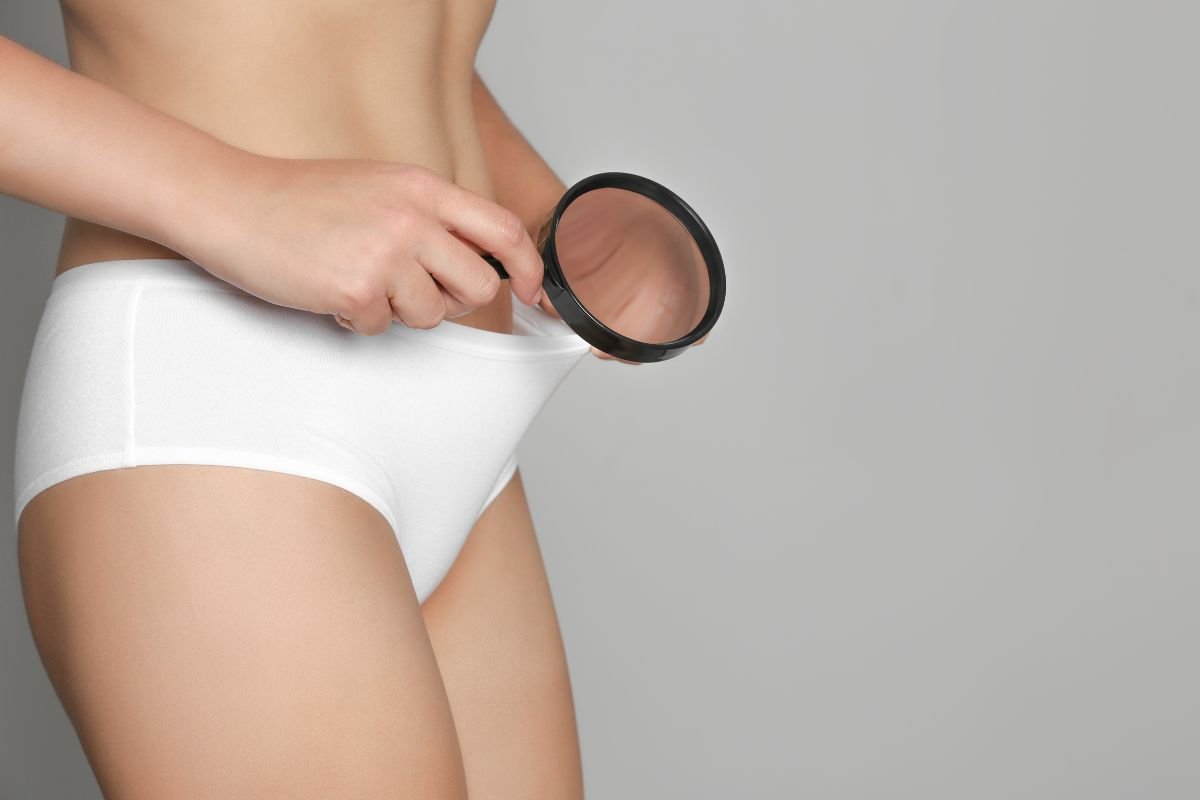Thrush is a type of yeast infection that can affect men and women. The common cause of this type of yeast infection is caused by a fungus called candida Albicans. This common infection is usually harmless but it can cause discomfort. It can also return if left untreated.
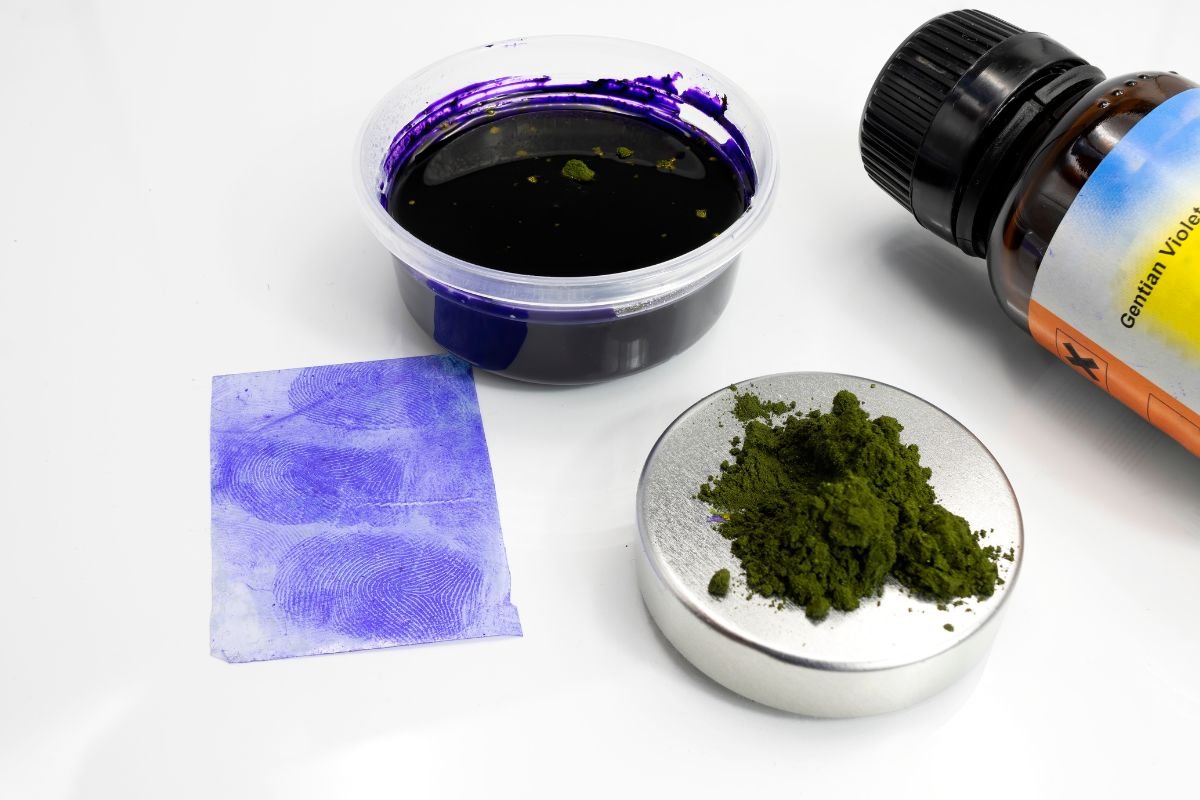
Thrush can be treated in a variety of different ways (You might also want to check out the Best Probiotics For Thrush). The most popular options include antifungal creams and pessaries (dissolving tablets). However, some people like to use gentian violet too.
Used since the 19th century, gentian violet has been used to treat thrush infections for many years, despite the negative press it receives.
However, a common question people seek the answer to is how long does it take gentian violet to cure thrush? In today’s post, we’re going to answer that for you. We’ll also tell you more about this controversial treatment.
Let’s get started!
What Is Gentian Violet?
Before we go any further, it is important that you completely understand what gentian violet is, as you should never take any form of treatment without first knowing everything about it.
Gentian violet is a synthetic antiseptic and antifungal dye. It has long been considered an inexpensive treatment option for those suffering from thrush. It has also been used to treat other skin-related yeast infections. This includes the athlete’s foot and ringworm.
It can also be used to prevent the infection of minor cuts thanks to its antibacterial properties.
This antifungal treatment is known by the name gentian violet because it shares a resemblance with the purple-blue color of the gentian wildflower. It is produced industrially and was created in the 1860s.
This form of treatment has antiviral and antibacterial properties that are believed to aid in the treatment of fungal infections, oral thrush, and those with HIV.
How Long Does It Take Gentian Violet To Cure Thrush?
Now you know more about what gentian violet is, we can answer the question you came here looking for the answer to.
Generally speaking, those that use gentian violet to cure thrush see some sort of relief within a couple of hours of the first treatment. If all goes to plan, any pain or discomfort the individual was experiencing will be completely gone by the third day.
Unfortunately though, this is no guarantee!
Gentian violet doesn’t always cure thrush. It isn’t uncommon for Candida Albicans to start showing some resistance to this form of treatment. This is something that can occur when using other antifungal agents too.
If the pain or discomfort doesn’t go away, you will have to try a different treatment method. You should get in touch with a medical professional as soon as you can.
Why Is There Controversy Surrounding Gentian Violet?
Despite being used regularly as a thrush treatment since the 19th century, there is some controversy surrounding gentian violet. Most of this controversy comes from medical professionals and authorities that are in favor of safer alternatives.
Whilst no medical authorities or professionals doubt that gentian violet can help cure thrush, they are concerned by the potential health risk associated with the antifungal agent.
These health concerns haven’t been confirmed as more research needs to be carried out to conclusively confirm any claims. However, gentian violet has become associated with quite serious health concerns.
Some of the serious health concerns associated with gentian violet include:
- DNA changes
- Allergies
- Toxicity
- Cancers
Do People Still Use Gentian Violet?
So, with such serious health concerns associated with it, do people still use gentian violet? The answer is yes!
Despite gentian violet’s potential health concern, the antifungal agent is still used to treat thrush. Clinicians and people still continue to use gentian violet to treat thrush because it is known to be very effective against yeast infection.

Of course, the fact it is also inexpensive plays a part too as people are limited by finances when it comes to picking the right treatment.
It is worth noting, however, that gentian usage has declined in recent years. Whilst the potential health concerns play a part, the fact more modern antifungal medications have been released has also played a part.
What Dosage Of Gentian Violet Should You Use?
If you decide that you still want to use gentian violet to treat thrush, you need to know the right dosage. This is what we’ll look at now!
Like most forms of medication, the suitable dosage of gentian violet to take varies from patient to patient. The strength of the gentian violet also plays a part. For the sake of this post, we’ll look at the average gentian violet dosage.
Generally speaking, the average dosage guideline is to apply a small amount of the antifungal agent to the affected area of the skin two or three times a day for up to three days. If you haven’t experienced any relief after three days, you should stop using the treatment.
If it hasn’t worked after three days, this is a clear indication that it won’t.
How Do You Use Gentian Violet?
Before we finish this post, we’ll show you how to apply gentian violet effectively and safely.
To apply gentian violet safely, you need a cotton swab. You should then start by applying the gentian violet to the cotton swab. You only need enough gentian violet to cover the affected area.
Next, carefully apply the medicine to the affected area. If the affected area is in your mouth, avoid swallowing any of the gentian violet. Once applied, throw the swap away and wash your hands.
Final Thoughts
In this post, we’ve shown you what gentian violet is, how long it takes for it to cure thrush, how to apply it, and what dosage to use. We’ve then looked in some detail at the controversy that surrounds the treatment.
Now you’ve made your way through this post, you should know everything you need to know about gentian violet. Whether you decide to use gentian violet or not is another question, but either way, you should talk to a medical professional first.
- Yeast Infection Vs Herpes - January 26, 2023
- How Long To Wait For Sex After Yeast Infection Treatment - January 26, 2023
- Yeast Infection Vs STD - January 26, 2023


